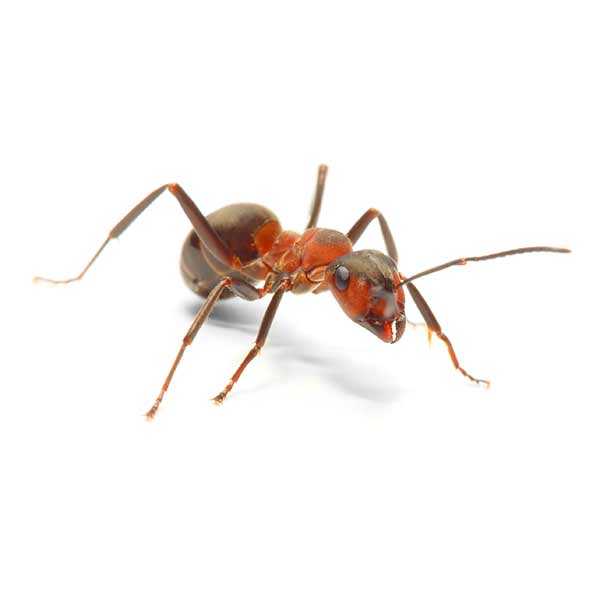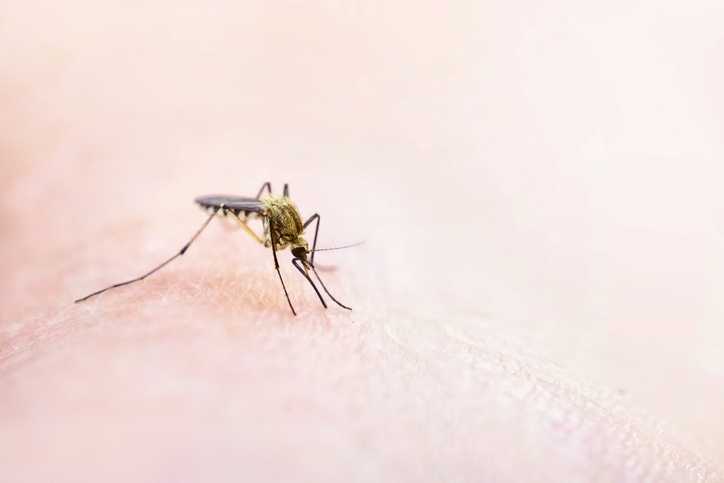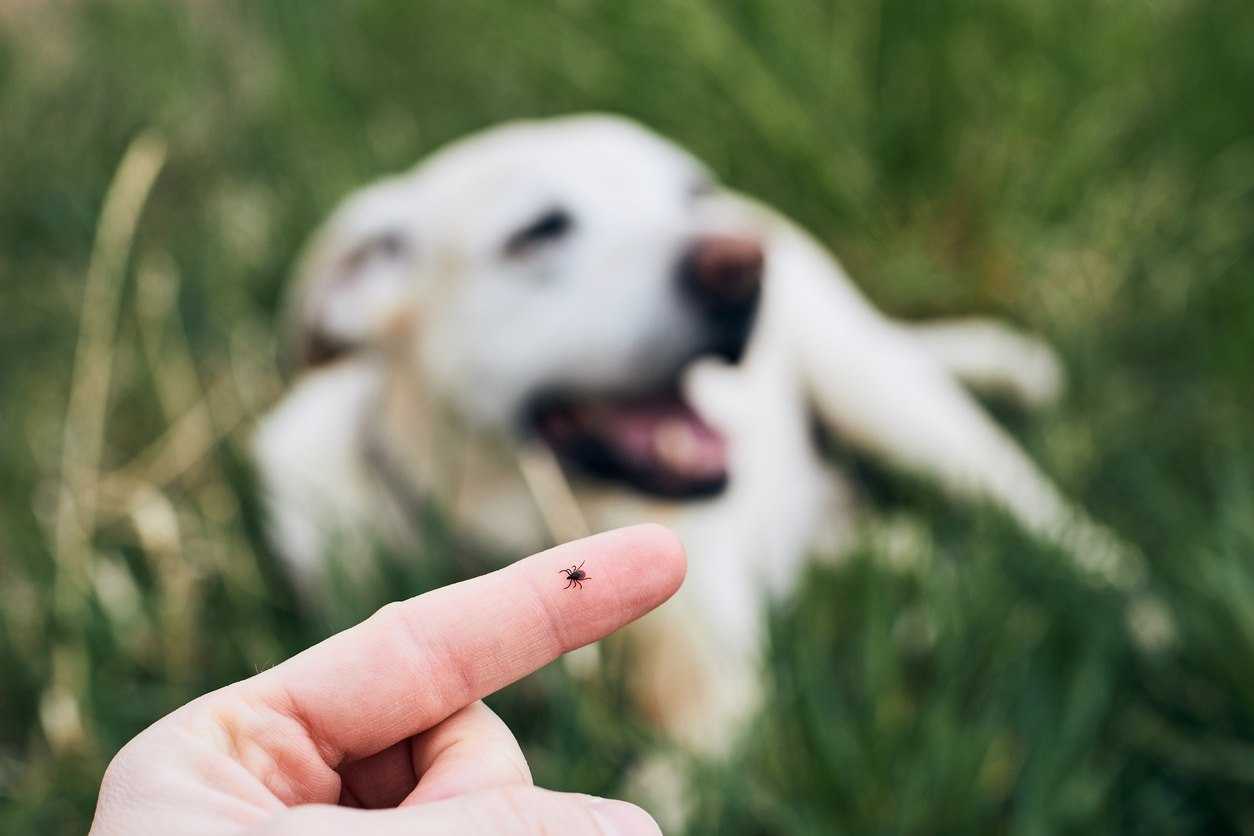Thatching Ants
"*" indicates required fields
Thatching Ants
Treatments for this pest are included in these services:
Thatching ants are typically red and black, with some being completely black or complete brown. Their size can range from 4-9mm and they are often confused with carpenter ants as they look similar. The diet of Thatcher ants mainly consists of eating other insects although they do eat plants too.
Thatching Ant Habits
Thatching ants are also popularly known as mound ants as they are notorious for building mounds composed of various yard debris such as sticks, stems, pine needles and more. The mounds they construct are visibly distinguishable and can cause an eye sore for homeowners dealing with an infestation. When they aren’t nesting in the mounds they have constructed, you can typically find them living in decomposing trees or soil.
Threats of Thatching Ants
Overall, Thatching ants have a positive effect on the ecosystem as they are efficient at eliminating harmful insects. However, when Thatching ants infest homes and yards they can cause problems for homeowners. They are aggressive ants that deliver a painful bite. The Thatching ant bite can cause blisters to humans and household pets as they tend to spray the bitten area with formic acid. Furthermore, they also destroy the buds of fruit trees anddevastate plants as well as tree seedlings.
Preventing Thatching Ants
Preventing a Thatching ant infestation requires having a well-groomed front and back yard. Keep wood piles organized, and be sure that rotting wood is not on the property. Since Thatching ants primarily reside outdoors, ensuring your yard is not an inviting place for one of their colonies is essential.



